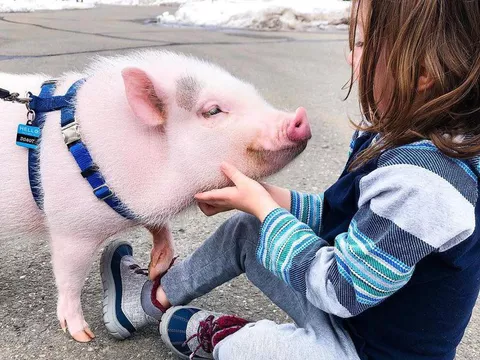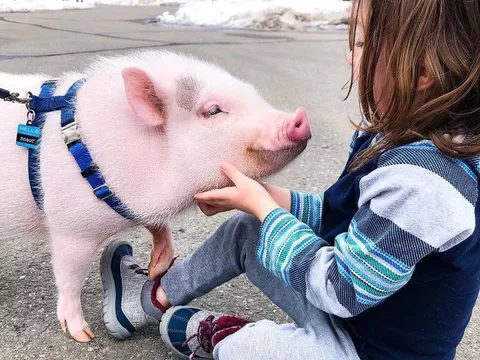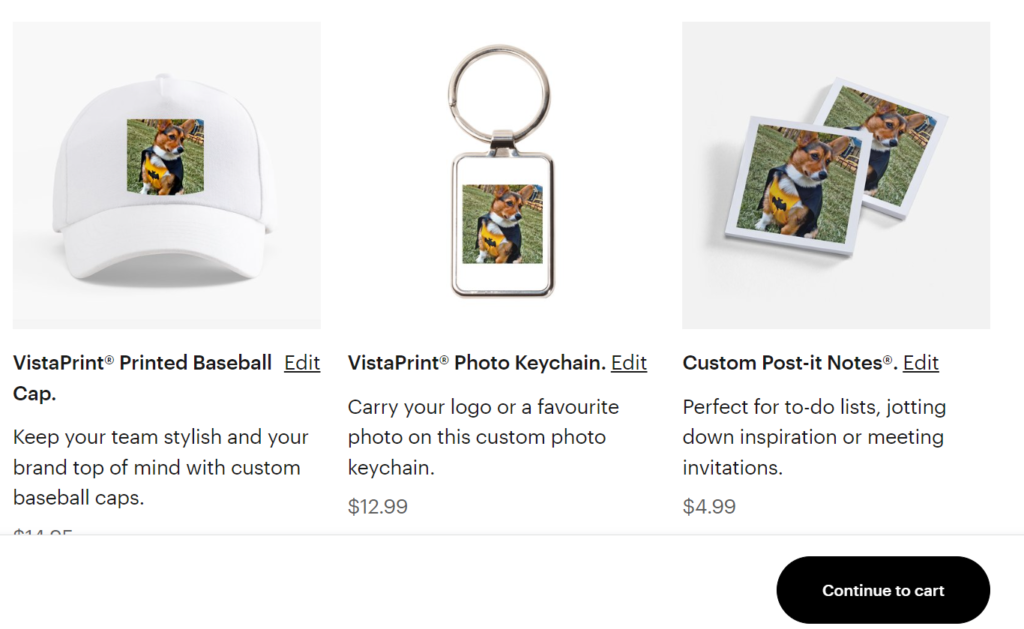Consumers Fill In The Gaps With The Co-creation principle

Anticipating Unique Use Cases

One of the challenges of writing for the web is that it can difficult or impossible to know who will be reading your message. Ideally, the author would tailor the use case suggestions and examples used to be narrowly focused on the ideal reader’s experience. But if you are writing for a public placement that could attract readers from many walks of life, it can feel like a tough choice between being bland enough to cover many cases or to be specific at the risk alienating a segment of your audience. This is not unique to the web, but search engines magnify the chances that you will have an unexpected audience composition.
Co-creation is a technique where at least some specific examples and use cases are left open, so readers can fill them in themselves. It can be tricky to execute but it allows lets the reader contribute his or her own personal experiences, effectively creating an ultra-personalized experience that could never be achieved by the author alone.
For example, a pet food company might write an ad that describes how their broad selection of products can help families with many species of animals. Broad language in your claims can feel passive and boring.
“Acme Pet Food has fast delivery on pet food for all kinds of pets.”
Listing specific examples can help give your claims more effective and memorable. The challenge is that you can either cater to the most popular examples, at the expense of niche alternatives and of being more interesting, or you can go with more interesting examples that might miss with the bulk or your audience.
“Acme Pet Food has fast delivery on pet food for cats, dogs, birds and more.”
“Acme Pet Food has fast delivery on pet food for all kinds of pets including axolotls, parakeets, sugar gliders and dozens of other pets.”
By contrast, co-creation copywriting invites the reader to bring their own use case.
“Picture your pet. Are they hungry? Acme Pet Food has fast delivery on pet food for all kinds of pets, even yours.
Prompting users to imagine their own situation allows them to make your own value prop statement more personal. They take on the ‘last mile’ of messaging, without you needing to guess the right example.
Beyond advertising copy
The co-creation dynamic can be used in ways beyond copywriting. When consumers have an opportunity to contribute their own content, such as a personal photo for sharing, it presents an opportunity to co-create products. By offering an easy site to upload photos, a photo-gifts company can add a ton of perceived value by not just featuring products, but featuring creations that spotlight what the consumer loves the most.

Presenting solutions with a good understanding of your audience’s problems is good. Allowing your audience to connect their problem with your solution is even better.
